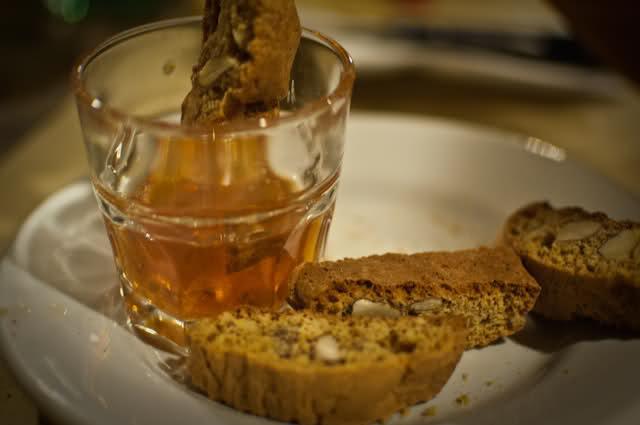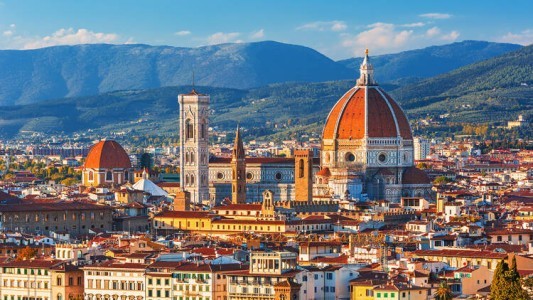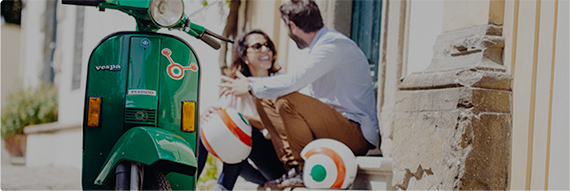Tuscan Food: Dessert

Cantuccini and Vin Santo
While tiramisù may be the most well known of Italian desserts (a Florentine version is known as zuccotto), the most widely offered dessert in Florence is cantuccini with vin santo. Almond biscuits (cookies), which are quite hard and dry if eaten alone, are dipped into a glass of sweet wine to become a delicious, addictive reviver at the end of a meal.
Cantuccini are cooked as a long flat loaf which is taken from the oven and sliced, then the pieces are put back into the oven to be cooked a second time to make them biscotti, literally meaning “twice cooked.”
Vin santo, which translates as “holy wine” perhaps for its popular use in mass from the Renaissance period, or perhaps as a reference to its heavenly taste, is a sort of Tuscan style dessert wine. Made by drying the harvested grapes on straw mats to draw out the sweetness of the fruit and then fermenting them later in oak barrels, this amber-coloured wine is still often homemade and traditionally served after a meal as a digestif.
Schiacciata fiorentina
Look for seasonal desserts such as schiacciata fiorentina, a sort of sponge cake dusted with icing sugar and cocoa in the form of the Florentine lily, which you'll find around Carnival time in the winter, or schiacciata con l'uva which appears in the late summer and early autumn. This autumn version is a sweetened flat bread made with ripe red grapes, best eaten a day or so after it has been made when the sweet juice from the grapes has soaked in to the dough.
Panforte
Panforte is a very rich, dense, calorie bomb of a fruit cake, made with candied fruit and nuts, flavoured with honey, vanilla, nutmeg and cinnamon. A speciality of Siena, this cake comes from medieval times when fruits were conserved with honey for the winter period. With the addition of spices in the middle ages and then candied citrus fruits in the nineteenth century, the modern version of panforte can be found in shops all over Siena and Florence. It is usually a round cake only about half an inch tall and, served in tiny wedges with a small glass of vin santo, it is sure to give you plenty of energy to carry on with your day.
Gelato
Italian ice cream, gelato, is world renowned for its flavour and quality, made with good fresh whole milk, eggs and sugar and additions of real fruit, chocolate, nuts or coffee. Look for the ice cream shop (gelateria) which offers gelato artiginale, artisan ice cream, or produzione propria, home made, for the best quality ice cream. Choose the size of your cone (cono) or cup (coppa) first and then the flavours of gelato to go in it (you can always choose more than one flavour). Don't forget to try the wonderful fresh fruit sorbets (sorbetto), or a semi-freddo, a cross between a mousse and an ice cream, often made with uncooked eggs and therefore not always suitable for everyone.
Avoid the shops with huge mounds of artificially-coloured, industrially produced ice cream which do not follow the Italian principles of fresh or natural produce. A good way to tell is to have a look at the banana gelato – it should be a dull, light greyish-yellowish colour, not bright yellow – or the pistacchio gelato – again, a dull, light sage green rather than bright green colour.







